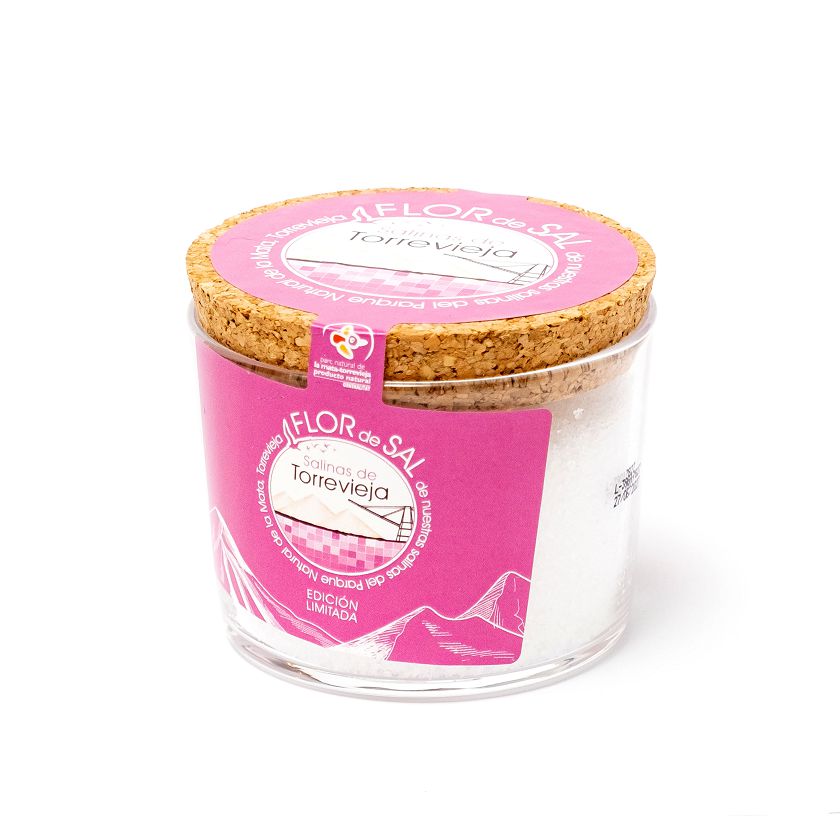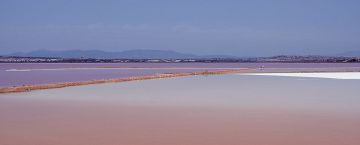Visita las Salinas de Torrevieja
Sal y Siente Las Salinas de Torrevieja, la mayor productora de sal en Europa. Reserve cualquiera de nuestros Tours guiados para descubrir este enclave único y singular con su laguna rosa, sus antiguos cristalizadores de la Química, sus inmensas montañas de sal, maquinaria antigua y su fauna y flora asociada a este humedal de gran reconocimiento internacional.
Podrán visitarnos con nuestro famoso tren turístico salinero o a través de nuestras visitas guiadas a pie.
Acogemos grandes eventos privados. Consulten condiciones y tarifas.
Anímate a descubrir la sal que se produce en el Parque Natural de las lagunas de La Mata y Torrevieja y sus enclaves característicos: la singular laguna rosa, los antiguos cristalizadores de la Química y las inmensas montañas de sal, además de toda la flora y fauna asociada a este humedal de reconocimiento internacional.
Puedes visitar cogiendo el tren turístico desde Torrevieja, o bien reservando una visita guiada a pie . También existe la posibilidad de hospedar eventos en las salinas, preguna y te informaremos encantados.
Últimas noticias
La actualidad sobre las Salinas de Torrevieja










